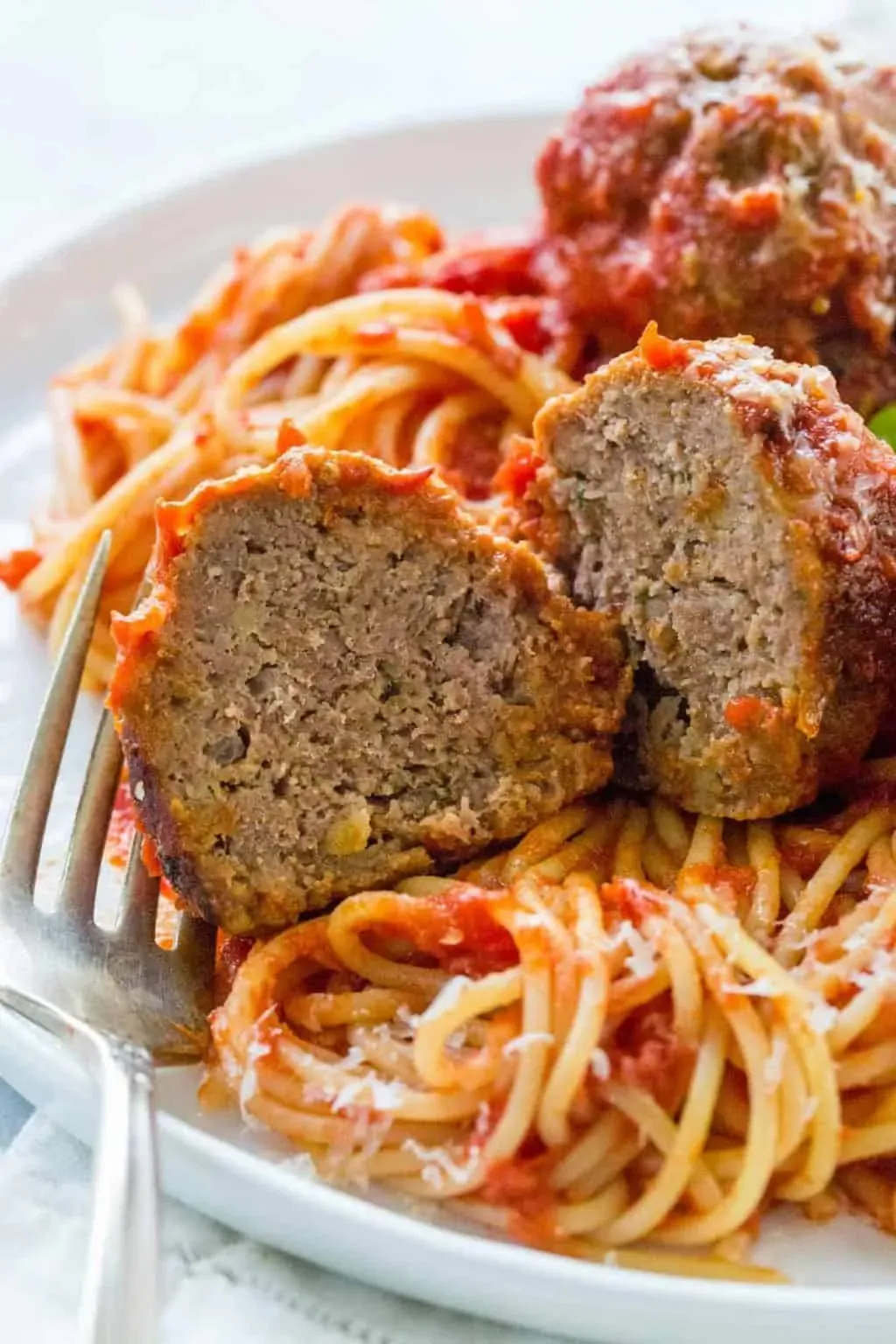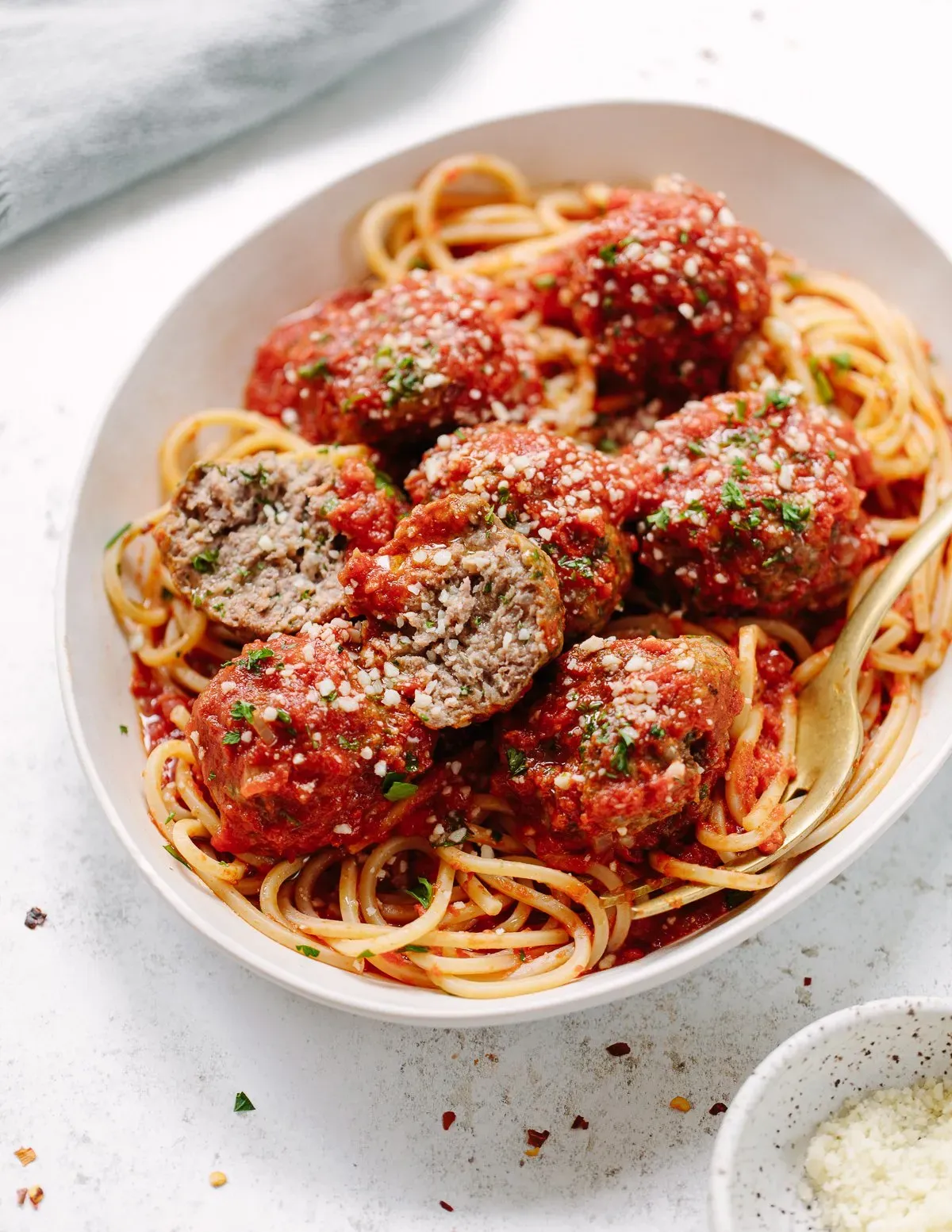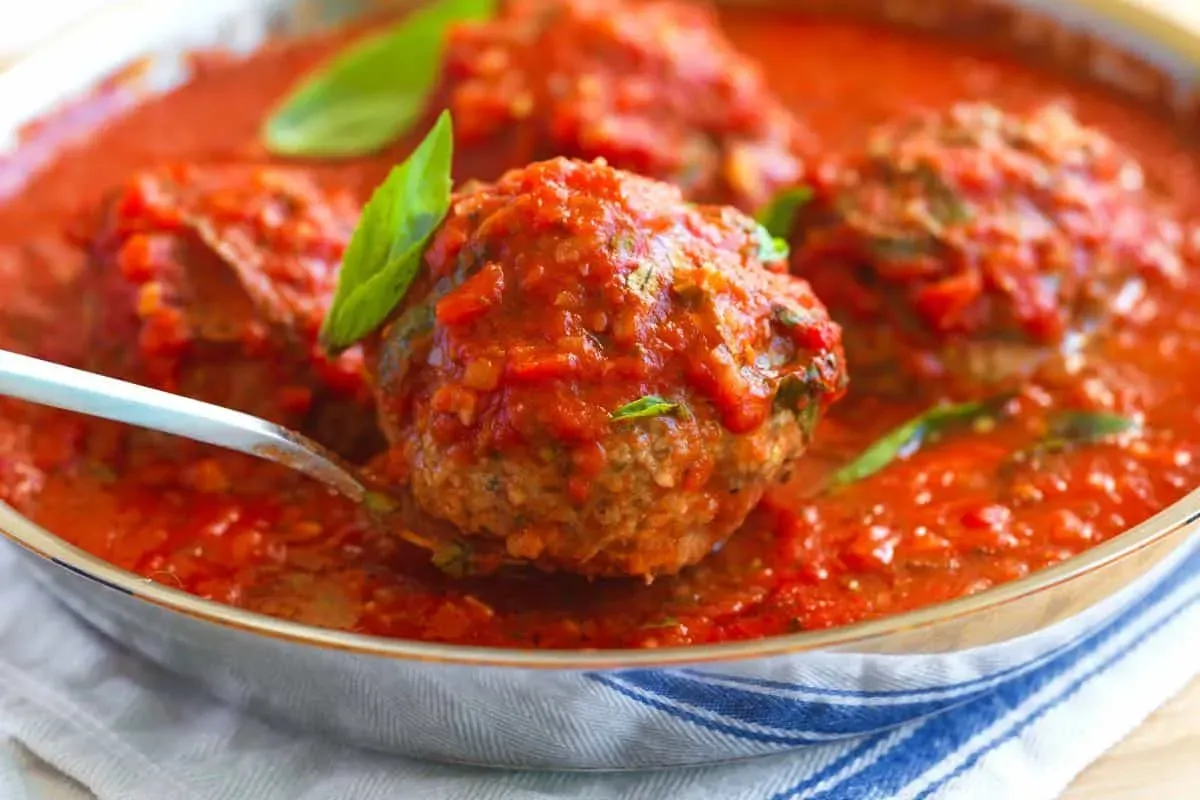Let's be honest. You've probably made meatballs before. Maybe they were okay. Maybe they were... dry. Crumbly. Like eating flavored sawdust. It's a common tragedy in home kitchens everywhere. You picture those perfect, tender bites simmering in Sunday sauce, but reality delivers something far less inspiring. You're here because you're tired of the disappointment. You want the kind of meatballs that make you close your eyes and sigh with contentment. You want the best moist italian meatball recipe. This isn't about throwing ground meat and breadcrumbs together and hoping for the best. This is about understanding the science, the technique, and the simple secrets that separate the 'meh' from the 'magnificent'. We're going to walk through exactly why your past attempts might have failed and how to build a meatball so tender, so juicy, it practically melts. Get ready to ditch the dry and embrace the truly delicious. We'll cover the crucial ingredients, how to mix them just right, and the best ways to cook these little flavor bombs.
Why Your Meatballs Are Dry (And How to Fix It)

Why Your Meatballs Are Dry (And How to Fix It)
So, you've experienced the disappointment. That moment you bite into a meatball and it crumbles into dusty particles instead of yielding with tender resistance. It's a culinary crime, frankly. The usual suspects for this dryness epidemic aren't mysterious; they're pretty straightforward missteps. Often, it starts with the meat itself – lean ground beef, while great for burgers you want to drain, is the enemy of a moist meatball. Fat equals flavor and, crucially, moisture. Another major culprit is the binder, or rather, the lack thereof, or using the wrong kind. Dry breadcrumbs tossed in without proper hydration just soak up the minimal juices. Then there's the handling – mixing the meatball mixture like you're kneading dough develops gluten and toughens the final product. Finally, the cooking method can seal their dry fate; blasting them in a hot oven without protection or simmering them too long in a thin sauce extracts every last drop of precious moisture.
The Ingredients Behind the Best Moist Italian Meatball Recipe

The Ingredients Behind the Best Moist Italian Meatball Recipe
Getting the Meat Blend Right
Achieving the best moist italian meatball recipe starts with the foundation: the meat. Forget using just lean ground beef. That's a rookie mistake that guarantees a dry outcome. You need fat, and a mix delivers the best texture and flavor. A classic approach uses a combination of ground beef and ground pork. The beef provides that familiar, robust flavor, while the pork brings essential fat and tenderness. Think 80/20 ground chuck for the beef part – good marbling is key. For the pork, regular ground pork works perfectly. Aim for a roughly equal split, maybe slightly more beef if you prefer, but the pork is non-negotiable for that moist result. Some folks even add a bit of ground veal for extra tenderness, but beef and pork is the reliable duo.
The Magic of the Binder (It's Not Just Breadcrumbs)
Next up is the binder, often the second biggest reason for dry meatballs. Just tossing in dry breadcrumbs is like throwing sand into the mix. The secret weapon for the best moist italian meatball recipe is creating a panade. This involves soaking breadcrumbs (fresh or dried, though fresh is often better) in milk or sometimes water. This creates a paste that not only helps bind everything together but also traps moisture within the meatball as it cooks. Don't skip this step. Beyond the panade, you need eggs – usually just yolks for richness and binding without adding too much extra protein that could toughen things. Grated cheese, like Pecorino Romano or Parmesan, adds salty depth and helps with binding. And of course, the aromatics: finely minced garlic, fresh parsley, maybe a pinch of oregano. These aren't just for flavor; they contribute tiny pockets of moisture too.
- Use 80/20 ground beef chuck for flavor and fat.
- Combine beef with ground pork (equal parts is a good start).
- Soak breadcrumbs in milk to make a panade for moisture.
- Add egg yolks for richness and binding.
- Include grated hard cheese (Pecorino or Parmesan) for flavor.
- Don't skimp on fresh garlic and parsley.
Crafting the Best Moist Italian Meatball Mixture

Crafting the Best Moist Italian Meatball Mixture
Mixing Magic: Gentle Hands Required
you've got your perfectly blended meats, your soaked breadcrumb panade, the egg yolks, cheese, and finely chopped aromatics all prepped. Now comes the critical step: combining them. This is where many promising meatball batches go south. The goal isn't to create a dense, homogenous paste like you're making meatloaf. The goal is to gently bring everything together. Dump all your prepped non-meat ingredients into a large bowl first – the panade, eggs, cheese, garlic, parsley, salt, pepper. Mix those up a bit. Then, add your meat blend. Now, get your hands in there. But treat it like you're folding a delicate soufflé, not kneading bread dough. Use your fingers to lightly combine the ingredients, working from the bottom up. Overmixing is the enemy of the best moist italian meatball recipe. It develops the protein in the meat, making the meatballs tough and chewy instead of tender and yielding. Stop mixing the moment everything looks just combined. You should still see distinct bits of parsley, maybe even some small pieces of cheese. It won't look perfectly uniform, and that's exactly what you want.
Shape Up: Size and Handling Matter
With your mixture ready, it's time to shape these little flavor bombs. Again, gentle hands are key. Avoid packing the mixture tightly. You're not forming cannonballs; you're creating lightly formed spheres that will hold together but remain tender. Use a spoon or a scoop to get consistent sizes – this helps them cook evenly. A standard size is about 1 ½ to 2 inches in diameter, roughly the size of a golf ball. Roll them gently between your palms just enough to create a sphere. Don't compress them. Place the formed meatballs on a tray or plate. At this point, you can cover them and pop them in the fridge for at least 30 minutes. This chill time helps them firm up slightly, making them easier to handle and less likely to fall apart when they hit the pan or oven. It also gives the flavors a little extra time to meld before cooking. This simple step is surprisingly effective in ensuring your quest for the best moist italian meatball recipe stays on track.
Common Mixing and Shaping Mistakes to Avoid:
- Using a stand mixer or food processor for mixing.
- Overworking the mixture until it's a smooth paste.
- Skipping the panade step.
- Forming meatballs too densely or too large/small for even cooking.
- Not chilling the formed meatballs before cooking.
Cooking Your Best Moist Italian Meatballs to Perfection

Cooking Your Best Moist Italian Meatballs to Perfection
Stovetop Simmering: The Classic Finish
Alright, you've mixed and shaped those beautiful, tender spheres. Now comes the moment of truth: cooking them. For many, the classic way to finish the best moist italian meatball recipe is on the stovetop, nestled in simmering tomato sauce. Don't just dump them straight in, though. Start by browning them gently in a hot pan with a little olive oil. This isn't about cooking them through; it's about building flavor and giving them a nice crust that helps them hold their shape in the sauce. Brown them on all sides until they have a lovely color. Once browned, carefully transfer them into your simmering pot of tomato sauce. Make sure the sauce is warm, not boiling violently – a gentle simmer is key. Cover the pot and let them cook slowly in the sauce for at least 20-30 minutes, or even longer. This slow simmer allows them to absorb flavor from the sauce while cooking through gently, keeping them incredibly moist.
Baking for Consistency and Ease
While simmering in sauce is traditional and yields fantastic results, baking offers a hands-off alternative that still produces incredibly moist meatballs, perfect for your best moist italian meatball recipe quest. Preheat your oven to a relatively hot temperature, around 400-425°F (200-220°C). Arrange your chilled, shaped meatballs on a baking sheet lined with parchment paper or lightly oiled. Make sure they aren't touching each other so they brown evenly. Pop them in the hot oven. Baking works by cooking them through with radiant heat, which can be less aggressive on moisture than direct pan-frying or boiling. They typically need about 18-25 minutes, depending on their size and your oven. You'll know they're done when they're cooked through (you can cut one open to check, though try not to sacrifice too many) and nicely browned on the outside. Once baked, you can serve them as is, or, and this is highly recommended for maximum moisture and flavor, add them to your simmering tomato sauce to finish absorbing that goodness before serving.
Stovetop vs. Baked: Which is Right for You?
- Stovetop Simmered: Traditional flavor, absorbs sauce deeply, requires initial browning step, sauce needs to be ready.
- Baked: Hands-off cooking, consistent results, great for cooking large batches, can be added to sauce after baking or served plain.
Your Quest for Moist Meatballs Ends Here
So there you have it. The path to truly moist Italian meatballs isn't paved with mystery, but with attention to detail. It comes down to selecting the right blend of meats, incorporating moisture with purpose – that milk-soaked bread is non-negotiable – and handling the mixture gently. Overworking the meat is a common pitfall, turning potential tenderness into tough little lumps. And cooking methods matter; searing and simmering, or a controlled bake, locks in those precious juices. These aren't revolutionary secrets, just fundamental steps often overlooked. Stick to these principles, and you'll consistently produce meatballs worth talking about, the kind that live up to the promise of the best moist Italian meatball recipe.